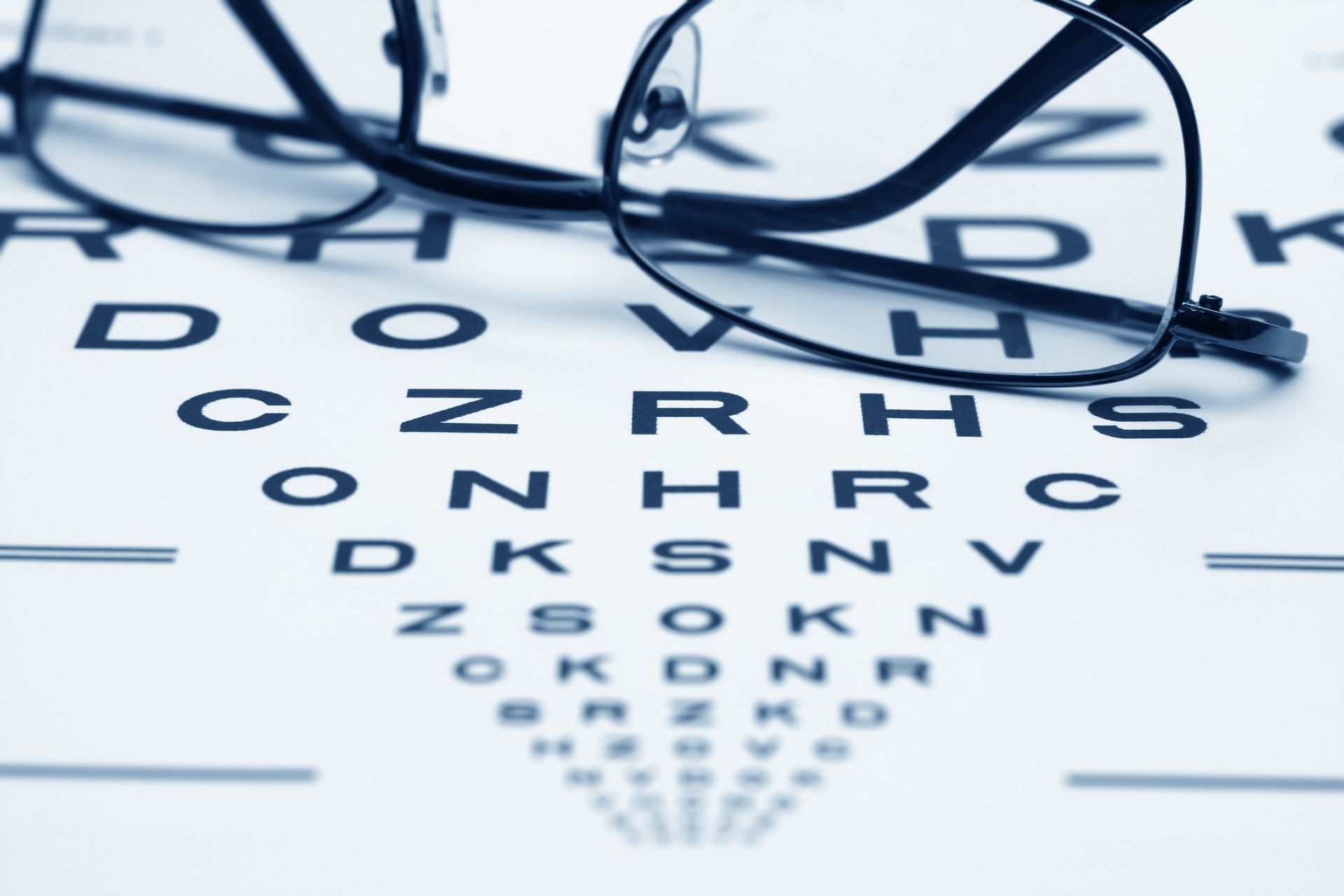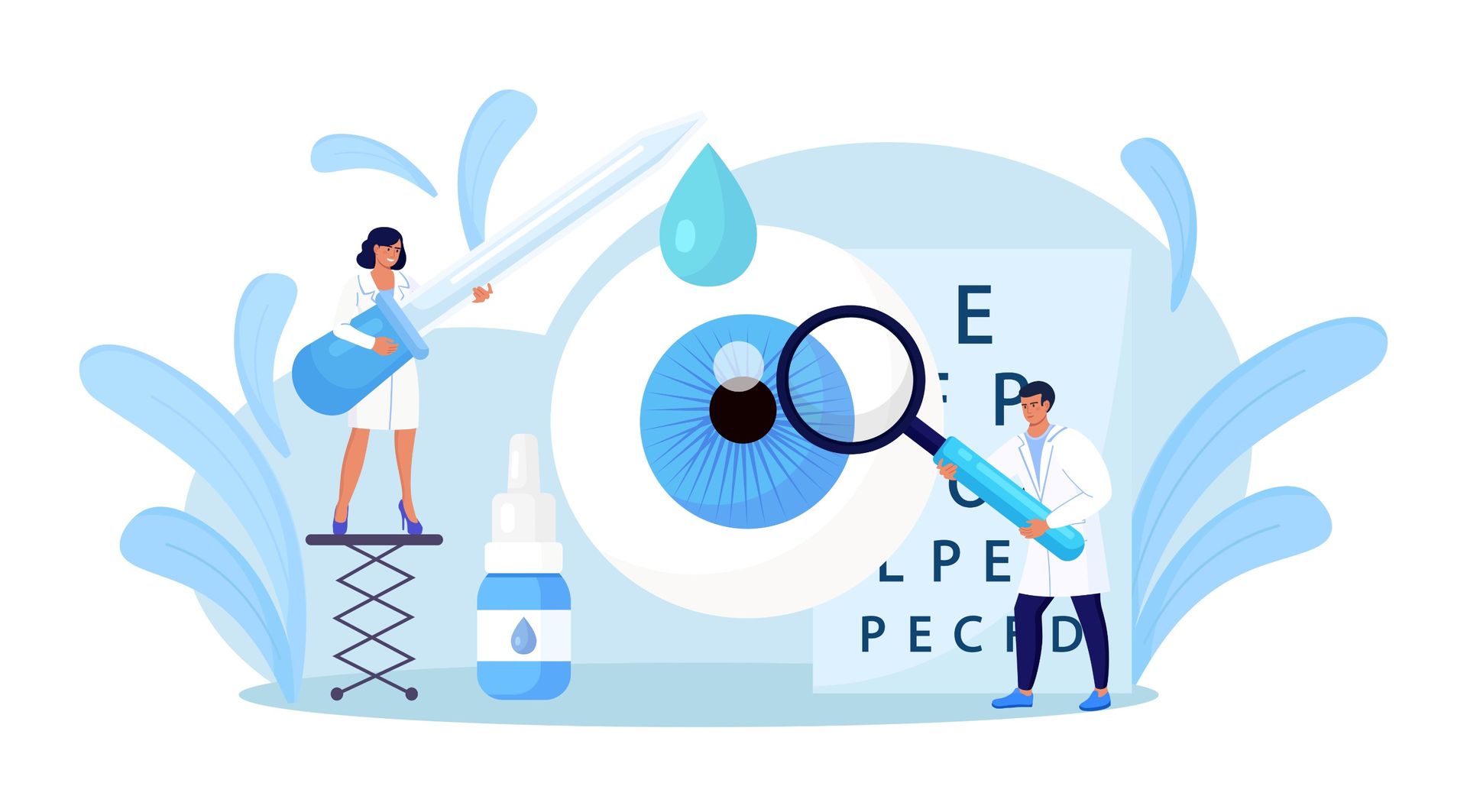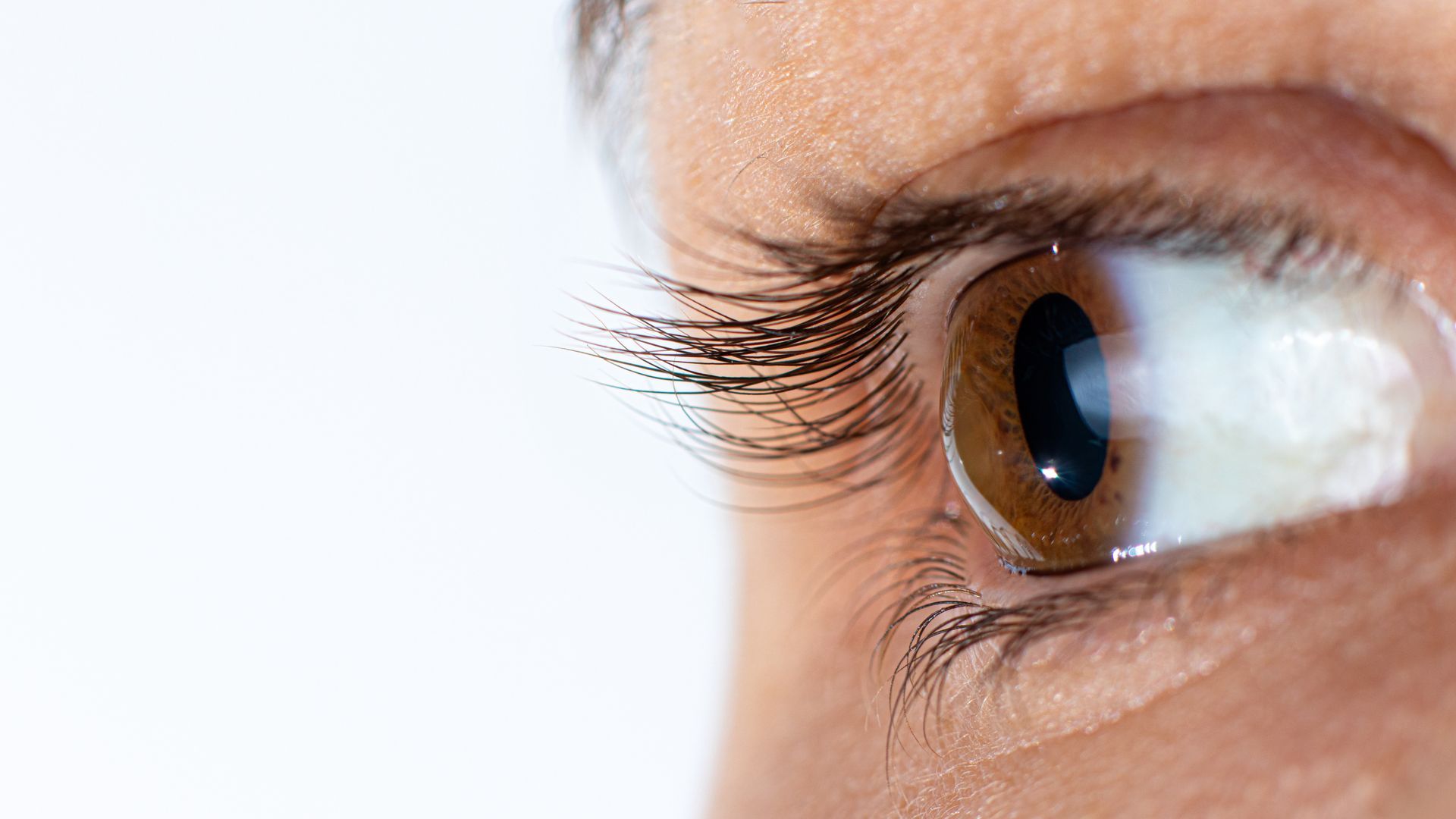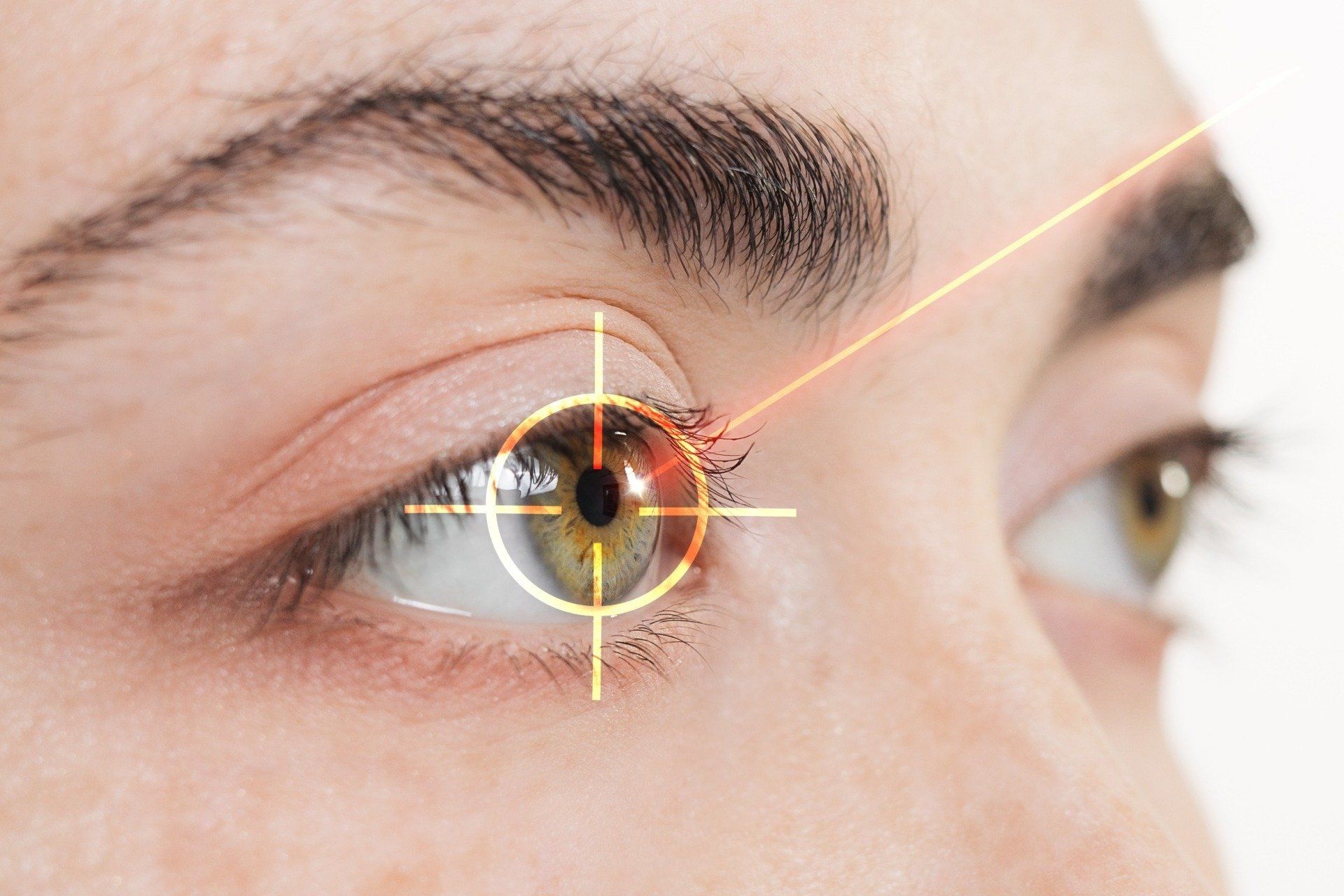What Activities Should Be Avoided After Cataract Surgery?
Among the many structures of the eye is the lens – a crystalline clear, curved structure located behind the iris that bends, refracts, and focuses light rays into the back of the eye (known as the retina). Any damage or defect to the crystalline lens can have a negative impact on your vision.
For example, a cataract refers to clouding of the eye’s crystalline lens. When this happens, the patient’s vision becomes cloudy – almost like they’re looking out of a foggy window or frosted glass. This usually happens when proteins in the lens start to break down and clump together.
Although cataracts affect nearly half of all people above the age of 75, cataract surgery is a proven, safe, and effective surgery to restore vision. In fact, cataract surgery has a 98% success rate with a strong majority of cataract patients experiencing an obvious improvement in vision.
Avoid These Activities After Cataract Surgery
Cataract surgery is a straightforward, non-invasive, pain-free, and quick procedure that’s often done with local anesthetic on an outpatient basis – meaning it’s done in the surgeon’s office and patients get to go home afterwards. If you have cataracts in both eyes, they’re done separately.
All in all, the surgery takes anywhere from 30-45 minutes – give or take – and involves the removal of the eye’s cloudy lens, which is then replaced with an artificial lens – also known as an intraocular lens (IOL). This is a permanent procedure that usually offers immediate results.
After the procedure, your eye doctor will give you a series of directions to follow – as well as some recommendations to ensure the recovery process can run its course smoothly. Below, we’re going to take a closer look at what activities should be avoided after cataract surgery.
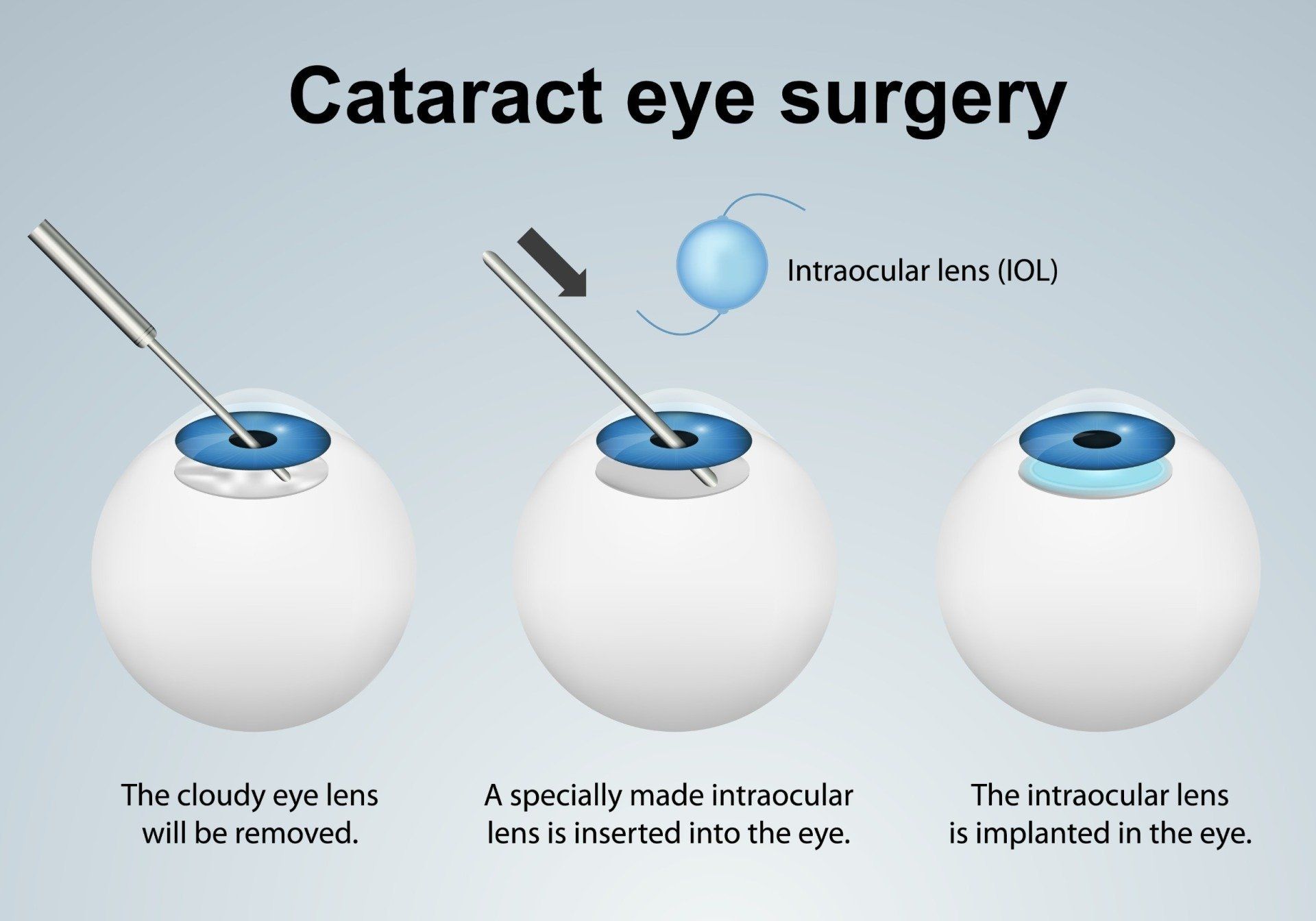
Swimming
Water in or around the eyes is a big no-no after cataract surgery, meaning it wouldn’t be wise to swim after cataract surgery. Instead, wait at least two weeks or until you get the okay from your doctor before you enter the pool or hot tub again – even then, consider wearing goggles.
Driving
Driving after cataract surgery can be extremely dangerous, especially since patients are given local anesthesia before the procedure. Most doctors recommend waiting at least 24 hours before you get behind the wheel again, but some patients might have to wait several days.
Exercising
Most surgeons will also recommend against strenuous physical activities after cataract surgery, especially those that involve putting your head below your waist or bending down – as these exercises can put additional strain and pressure on the eyes. Wait two weeks before exercising.
Rubbing the Eyes
Rubbing your eyes is something that should be avoided at all times, but it’s something many people forget – so it’s worth mentioning here. While it’s common for eyes to be itchy or irritated after cataract surgery, rubbing or touching them can disrupt the recovery and healing process.
Wear Eye Makeup
The final activity you should avoid after cataract surgery is wearing eye makeup. Since the eyes are far more prone to infection following cataract surgery, you want to avoid getting any makeup in or around them. Wait at least a week, but note that your doctor might want you to wait longer.
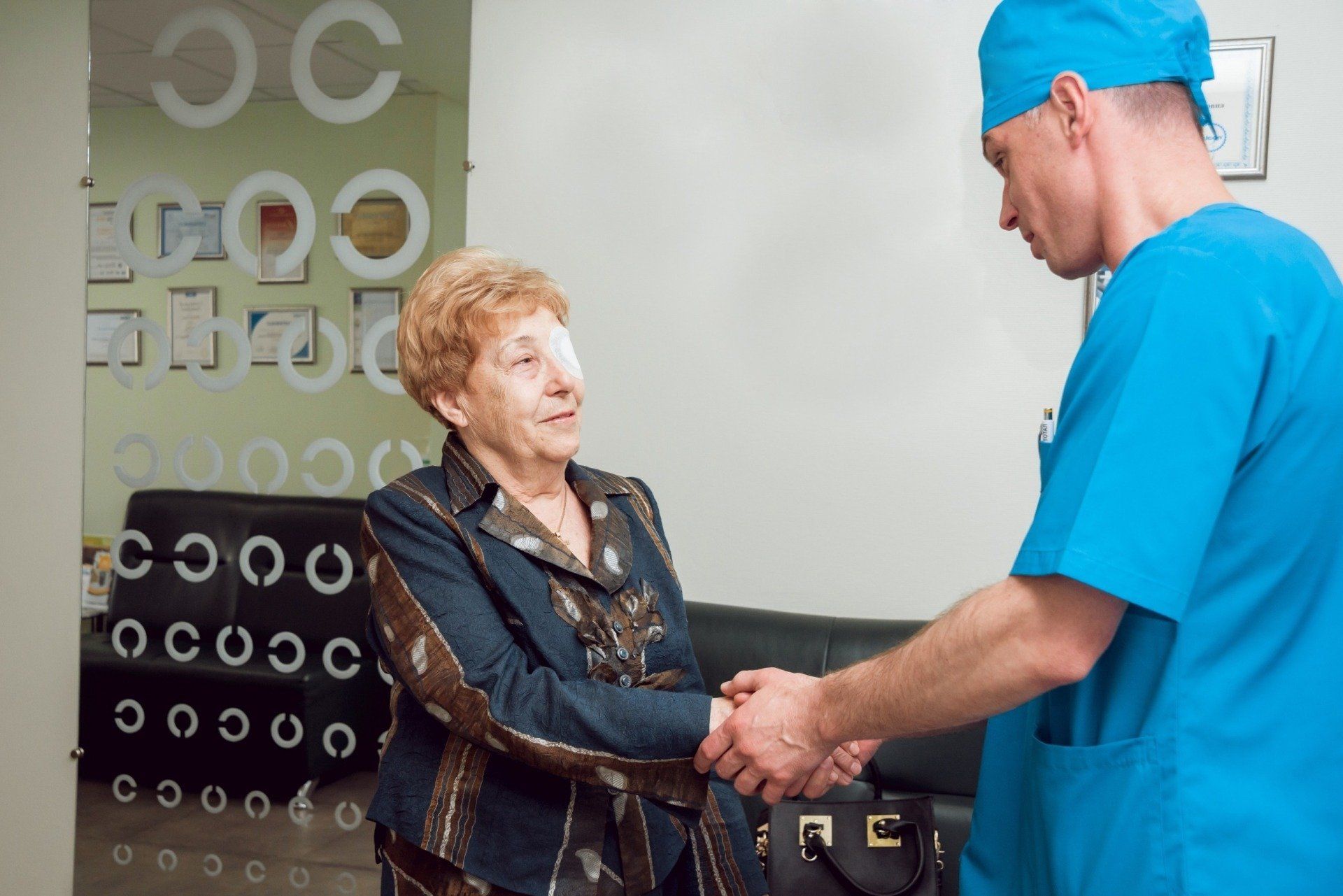
Other Restrictions for Cataract Surgery
Like we mentioned above, your eye doctor and/or eye surgeon will have a list of directions and recommendations for you to follow throughout the recovery process. These directions are designed to improve and enhance the healing process, ultimately maximizing the end result.
Some of the other precautions after cataract surgery, outside of the ones listed above, include:
- Avoid getting water in or around your eyes while showering, bathing, or washing the face
- If your doctor directs you to take artificial tears (eye drops), then follow their instructions carefully
- When stepping outside, especially on a sunny day, make sure you wear sunglasses
- Do your best to avoid areas with high winds, especially areas with high levels of pollen, dust, dirt, and anything else that might irritate the eyes
- Don’t forget to wear an eye shield before sleeping at night, if being directed to
- Avoid bending over, even if you’re trying to tie your shoes
- As always, make sure you’re getting enough quality sleep each night
- As always, make sure you’re eating a healthy, well-balanced diet
If you want to minimize complications, mitigate risk, and ensure success with your new lens, then expect to take it easy for several weeks after cataract surgery. Once the eye is fully healed, you’ll feel like a new person with your clear vision – at that point, you can return to a normal life.

How Long Does the Cataract Surgery Recovery Period Take?
The recovery and healing process following cataract surgery can take anywhere from four to six months in total, but you can expect an improvement in vision right away. Not only that, but most of the discomfort or soreness experienced after surgery will subside over the next several days.
It’s completely normal for patients to experience watery eyes, blurred vision, irritation, and light sensitivity in the hours after cataract surgery. If these symptoms persist, notify your eye doctor immediately – don’t worry, you’ll be seeing them several times over the course of the next few weeks.
In that time, your restrictions and limitations will lessen and you’ll be able to return to a normal day-to-day routine – including swimming, driving, wearing makeup, and exercising. You’ll gain some of these strenuous activities within a few days, while other activities will be put on hold for weeks.
Contact Holly Springs Eye & Laser Today!
Do you believe you’re experiencing symptoms of cataracts? Are you considering having cataract surgery to improve your vision and overall quality of life? Would you like a second opinion from a trusted eye surgeon? Don’t worry, you’re not alone and we’re here to help!
At Holly Springs Eye & Laser, there’s nothing we enjoy more than helping patients restore their vision and protect their eye health long-term. To schedule an appointment with our wonderful team, contact us at (919) 689-8920 or send us an email at hello@hollyspringseyeandlaser.com.





